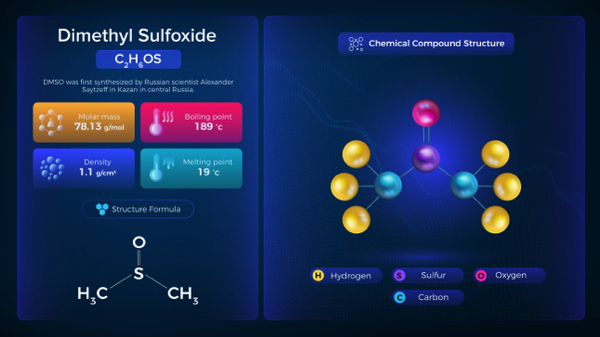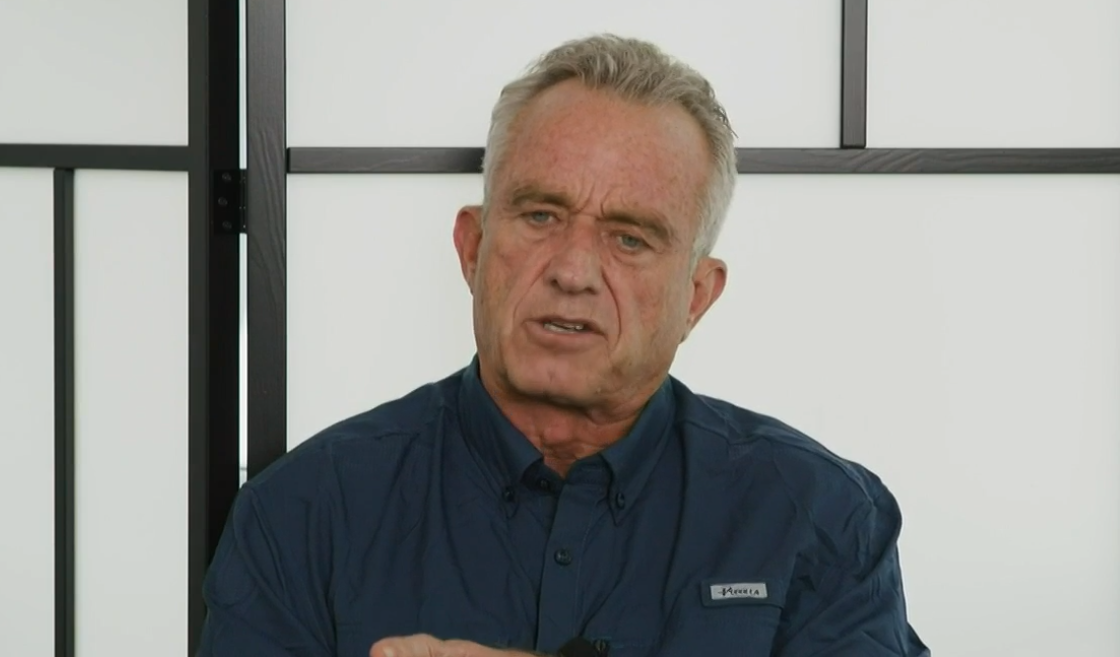 Parler
Parler Gab
Gab
- DMSO is a colorless, odorless liquid with broad medical and industrial uses. Therapeutically, it shows promise in cancer treatment due to its ability to carry substances across cell membranes and reduce oxidative stress.
- Joe B. Floyd, a colon cancer patient, rejected chemotherapy in favor of Dr. E.J. Tucker's DMSO-based therapy. His cancer markers normalized within 18 months, and he remained cancer-free for years.
- In the 1960s, Tucker discovered that DMSO combined with the dye haematoxylon can target cancer cells, causing regression in animal and human cancers (e.g., fibrosarcoma, lymphosarcoma).
- DMSO's anticancer potential stems from its ability to transport agents like haematoxylon which, upon oxidation, produces a compound that negatively impacts cancer cells, ultimately leading to their death. DMSO also enhances drug delivery into cells, complementing traditional therapies.
- Despite evidence of its efficacy, FDA approval for DMSO in cancer treatment faces delays due to safety concerns, politics and economic factors. Advocates argue for broader accessibility given its therapeutic potential.
The science behind DMSO: How a simple solvent starves cancer cells
The anticancer properties of DMSO are attributed to its ability to act as a carrier for other substances, such as haematoxylon, and its unique interaction with cancer cells. Dr. Thomas D. Rogers' research at the University of North Texas revealed that the DMSO-haematoxylon combination "produces a hematein reaction of oxidation with the tumor cells," rendering the ground substance around the cancer cells inactive. This deprives the cancer cells of nutrition, leading to their death. Furthermore, DMSO's ability to penetrate cellular membranes allows it to deliver anticancer agents directly into cancer cells, enhancing their effectiveness. This property makes DMSO a valuable adjunct in cancer therapy, particularly when combined with treatments like chemotherapy and radiation. However, the use of DMSO in cancer treatment is not without controversy. The Food and Drug Administration's (FDA) reluctance to approve DMSO for cancer is partly due to concerns about its safety and efficacy, as well as political and economic factors. DMSO is a versatile compound with a wide range of potential medical applications. Its ability to penetrate cellular membranes, deliver other substances directly to target tissues and modulate various biological processes makes it a valuable tool in treating cancer and other diseases. While the FDA's approval process for DMSO has been slow and fraught with controversy, the growing body of evidence supporting its efficacy and safety warrants further investigation and consideration. As Walker aptly puts it, "DMSO is a new therapeutic treatment for the people. They deserve access to it." The health and lives of millions of people depend on the timely availability of safe and effective treatments like DMSO. It is time for the medical community and regulatory agencies to recognize the potential of this remarkable compound and ensure its general availability for all who need it. Head over to CancerSolutions.news for more similar stories. Watch this video about the chaga mushroom (Inonotus obliquus), a natural solution for cancer mentioned by Russian novelist Aleksandr Solzhenitsyn in one of his books. This video is from the jroseland channel on Brighteon.com. Sources include: Brighteon.ai Dokumen.pub Brighteon.comRFK Jr. acknowledges ‘Chemtrails’— but experts disagree on what’s really in jet fuel
By Finn Heartley // Share
Study shows oral health could be key to preventing heart disease
By Cassie B. // Share
Book explores the fight against cancer through plant-based therapies
By Kevin Hughes // Share
Common sense is now a conspiracy
By News Editors // Share
Gary Null’s “No More Cancer” challenges conventional cancer treatment paradigm
By Kevin Hughes // Share
White House: Changing a minor’s gender is “child abuse” and “medical malpractice”
By News Editors // Share
Governments continue to obscure COVID-19 vaccine data amid rising concerns over excess deaths
By patricklewis // Share
Tech giant Microsoft backs EXTINCTION with its support of carbon capture programs
By ramontomeydw // Share
Germany to resume arms exports to Israel despite repeated ceasefire violations
By isabelle // Share










